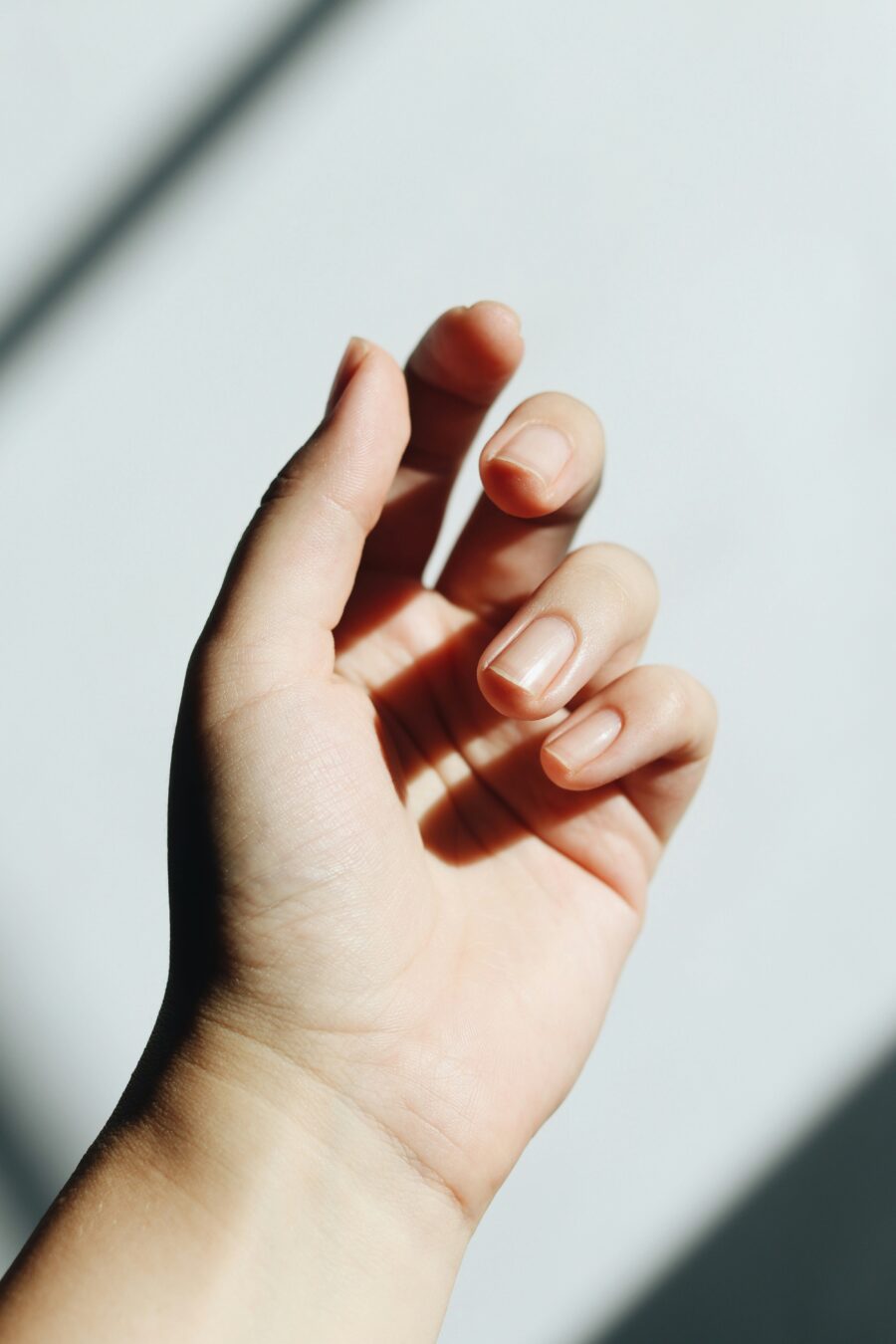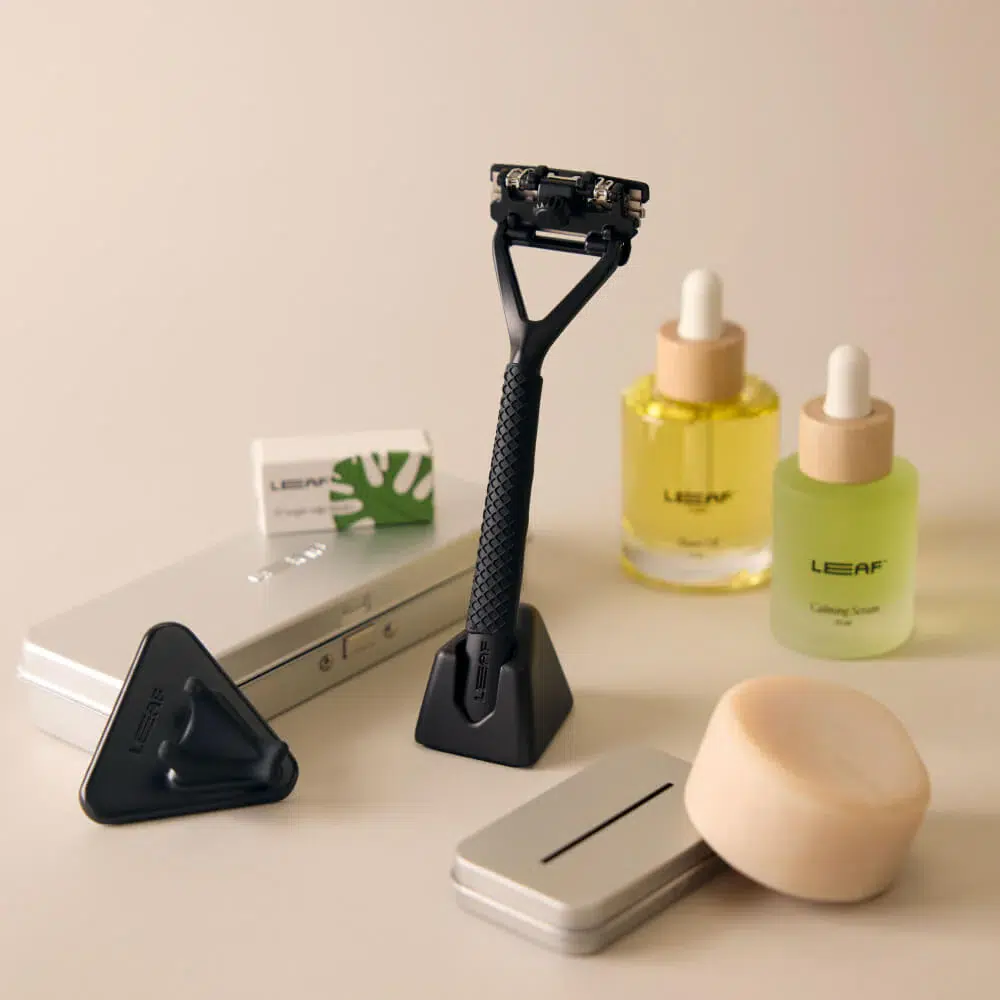
A Beginner’s Guide To Reiki
As I lay face down on the massage table, my right hand began to quake. Gently at first, then more and more forcefully. I tried to stop, thinking I might be doing it on purpose, but no — it turned out I wasn’t controlling my shaking hand. Of course, I could have stopped had I really wanted to, but I decided to let my body express itself instead. I giggled, realizing how strange I must have looked, but I knew intuitively that the healing was taking place.
“How can something that involves the simple ‘laying on of hands’ have such profound effects on your mental, physical, and spiritual health?”
It was one of my first sessions with London-based reiki master Ricky Nixon at Sacred Harmony Reiki, and after the session, Nixon explained that the right side of the body is associated with releasing energy, while the left is associated with receiving it. Essentially, my body had been getting rid of stored energy that no longer served me via my hand. From then on, the shaking happened in every reiki session, and my right hand now even wobbles during everyday meditations and savasanas. Although I don’t know exactly what I’m releasing, I know that I feel freer these days to fully experience my emotions, instead of shoving them down and metabolizing them into chronic anxiety and various physical symptoms.
Reiki is fairly common these days, and while you’ve probably heard of it — or even had a few sessions yourself — you’d be forgiven for not fully understanding the concept. How can something that involves the simple “laying on of hands” have such profound effects on your mental, physical, and spiritual health? What does moving energy around (and out of) the body have to do with healing conditions as diverse as depression and arthritis, like a wealth of studies show reiki does? Answers ahead.
What is reiki?
Reiki is a healing modality that utilizes energy in and around the body to help balance any emotional or physical symptoms you may be experiencing.
“The term ‘reiki’ is commonly interpreted as ‘universal life energy,’” says Jennifer Nurick, MA, a clinical psychotherapist, counselor, and energetic healer who practices reiki alongside other forms of holistic healing. “The form of reiki widely practiced today was originated by Mikao Usui, a Japanese spiritual leader, in the 1920s.” Usui trained students in reiki, one of whom — Dr. Chujiro Hayashi — opened a healing center in Tokyo, according to Principles and Practice of Manual Therapeutics. Meanwhile, a woman named Hawayo Takata is widely credited with introducing reiki to the West starting in 1937.
“The term ‘reiki’ is commonly interpreted as ‘universal life energy.’”
– Jennifer Nurick, MA
To deliver reiki, Nurick says, “the practitioner is taught how to connect with and direct universal energy to assist in the physical and emotional recovery of their clients. By concentrating this energy through their hands, either by touching or hovering near the recipient, the practitioner aids in healing.” While reiki sessions are often done in person, they can also be done remotely — there are even reiki YouTube videos and audio recordings widely available that can support your healing process as well.
What is reiki good for?
Since reiki works with energy throughout and surrounding the body, it has the potential to help balance a truly incredible range of symptoms — whether an emotional disturbance or a physical ailment — as well as improve your overall health and immunity.
“Reiki is a beautiful complementary therapy that works with your body’s natural energy to reduce stress, anxiety, pain, improve sleep and enable deep restorative calm and relaxation,” says Nixon. “Reiki gently encourages a healthy flow of energy in the body to promote healing, balance, whilst improving your health, vitality and enhancing your overall wellbeing in life.”
“Reiki has the potential to alleviate pain and enhance mental health without the risks associated with surgical or medication-based interventions.”
– Ricky Nixon, reiki master at Sacred Harmony Reiki
But reiki isn’t just good for improving your mental health, or even for garden-variety relaxing and de-stressing (though it is good for all of that); it has also been shown to help alleviate symptoms associated with various serious conditions when used as a complementary therapy.
“Reiki has the potential to alleviate pain and enhance mental health without the risks associated with surgical or medication-based interventions,” says Nurick. “Some research also indicates that reiki can contribute to better heart rate variability for those recovering from severe heart conditions like heart attacks.” The expert also notes that reiki “might offer considerable alleviation of symptoms in cancer patients, including reducing pain, distress, anxiety, and sleep disturbances.” However, more research is needed to fully establish the effectiveness of reiki.
How does reiki work?
Jo-Anne Suriel, a reiki master, Akashic records reader, and sound healer, likens reiki to Wi-Fi, in that you don’t have to see it to believe it works — in fact, she says you don’t have to believe in it at all for it to positively affect you.
“How it works is that the reiki energy will sense and gently rebalance any areas of the body — physical body and energetic body — that are experiencing strain or discomfort,” Suriel explains. “Reiki practitioners have received something called an attunement, which allows them to transmit this healing energy from the palms of their hands outwards toward another person, animal, or object.”
“You don’t have to see it to believe it works.”
Meanwhile, Nixon explains that reiki utilizes the body’s energy centers (chakras) to help balance them holistically. “Our body holds all of our energy that then flows outwards into the world, determining everything outcome, every interaction and experience we have,” he says. “Because life always reflects our inner world — where our energy and thoughts are at — and as we are all pure bundles of energy, reiki is a profound way of realigning us with our authentic selves.”
What is a reiki master?
Learning to practice reiki begins with taking level 1 and 2 courses in it. After that, a reiki student can choose to further their learning to become a master in the practice. “A reiki master is someone who has achieved an advanced level of training that allows them to both conduct reiki sessions on other people and also teach the practice of reiki,” says Suriel. “That person can be referred to as a reiki master practitioner. A reiki master teacher is someone who has trained and given attunements to students of reiki.”
“A reiki master is someone who has achieved an advanced level of training that allows them to both conduct reiki sessions on other people and also teach the practice of reiki.”
– Jo-Anne Suriel, a reiki master
Nixon describes attunements as “a sacred ceremony” which often feels “life-changing” for reiki initiates. “Becoming a reiki master is an exciting journey to embark on as it represents a commitment to self-healing, self-mastery, self-understanding, and of service to others,” he says.
What does a reiki session look like?
During an in-person reiki healing, you’ll take your shoes off but keep the rest of your clothes on, before lying comfortably on a treatment table, often under a blanket. Sessions typically last between 45 and 90 minutes, starting on your back and then turning around.
“You’ll take your shoes off but keep the rest of your clothes on, before lying comfortably on a treatment table, often under a blanket.”
“The practitioner’s hands are gently placed directly on the body to get maximum energy benefit,” says Nixon. “The practitioner will then proceed through several hand positions, beginning at the Crown, all the way down to the client’s feet.” If you prefer not to be touched, the practitioner’s hands can hover above your body instead.
As for what receiving reiki healing feels like, “Many individuals report feeling a tingling sensation, cold or heat, during a session, and most enter a calm, relaxed state,” says Nixon. “In some, chronic or acute pain can diminish or completely vanish.”
How to prepare for a reiki session
Perhaps the most important part of preparing for a reiki session is to think about what you’d like to get out of it. “It could be as simple as, ‘I want to feel more relaxed,’” says Suriel. “Since this is usually a one-on-one experience, you can let the practitioner know of any specific areas of discomfort or imbalance that you’re experiencing — physically or emotionally.” On a more practical level, make sure to wear comfortable clothing that isn’t too tight or scratchy, so that you can fully relax into the healing process.
“Perhaps the most important part of preparing for a reiki session is to think about what you’d like to get out of it.”
Nixon also recommends taking good care of yourself starting the day before your session, hydrating well and avoiding alcohol. If you already have a yoga or meditation practice, for example, the expert finds it can be helpful to engage in that the night or morning before your reiki session to help the energy flow. This, however, is far from a prerequisite, he stresses.
What is a reiki healing crisis?
In the days after a reiki session, some people find that they experience physical or emotional symptoms which, collectively, are known as a “healing crisis” — i.e. a rapid release of energy blockages that have accumulated in our system over weeks, months, or years. For example, after my first session with Nixon, I had a headache and my balance was off. After another, I found myself crying uncontrollably.
“Though it may feel initially uncomfortable, a healing crisis is a positive sign that your system is responding well and is beginning to heal,” Nixon says. “On the other hand, you should not feel worried that healing is not taking place if you don’t have a healing crisis. In some cases, your system is simply able to move the energy in a gentler way and no crisis occurs.”
“As the detox process unfolds, Nixon recommends taking good care of yourself, including drinking about double the amount of water you would otherwise.”
Symptoms of a healing crisis can include “a runny nose, sneezing, soreness, headaches, joint or muscular pain, fatigue, acne, rashes, extra mucus, or even a light fever and diarrhea,” says Nixon. Or you might find yourself releasing unprocessed emotions or even unhelpful beliefs or thought patterns. As the detox process unfolds, Nixon recommends taking good care of yourself, including drinking about double the amount of water you would otherwise. “Rest as your body asks for it,” he says. “Get plenty of fresh air and sunshine. Take warm baths or showers. Journaling is also a powerful tool to help ground and recognize your healing process.”
Essentially, experiencing a reiki healing crisis for a couple of days after your session is common and not cause for concern — however, if symptoms persist or become more severe, you should of course consult a healthcare provider. Still, the National Center for Complementary and Integrative Health notes that reiki “hasn’t been shown to have any harmful effects.”
If you’re interested in trying reiki, don’t hesitate to discuss your expectations and boundaries with the practitioner you seek out. You should feel comfortable with the treatment, and this will only help you remain open to what new release the process might generate. I wish you lots of happy healing! Let us know in the comments if you’ve experienced healing with reiki.
Iris Goldsztajn (she/her) is a freelance writer and editor based in London, UK. Her work has been featured in British Vogue, Marie Claire, Refinery29, SELF, Bustle and many more. Iris can typically be found on her way to a fitness class or with her nose in a good book.



